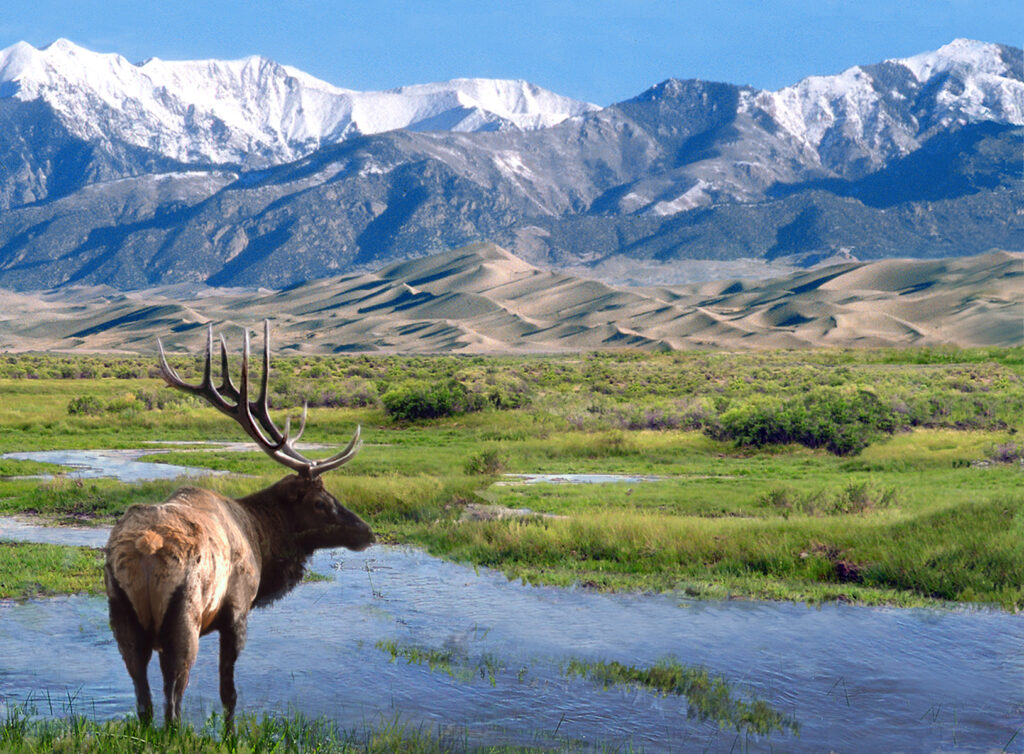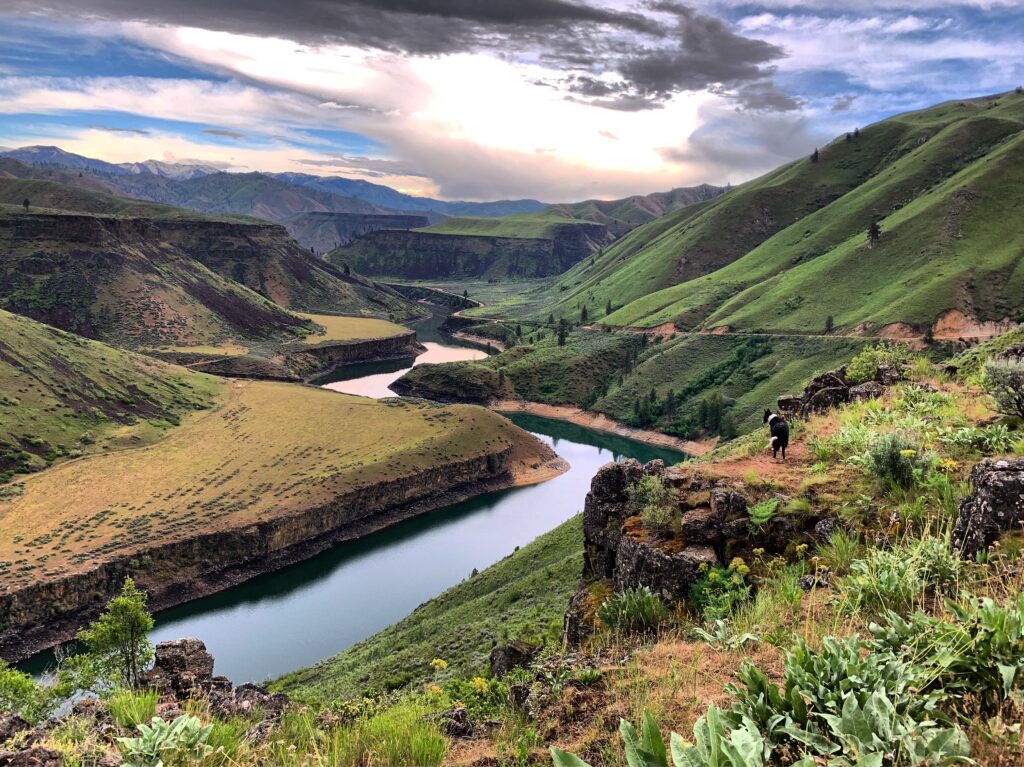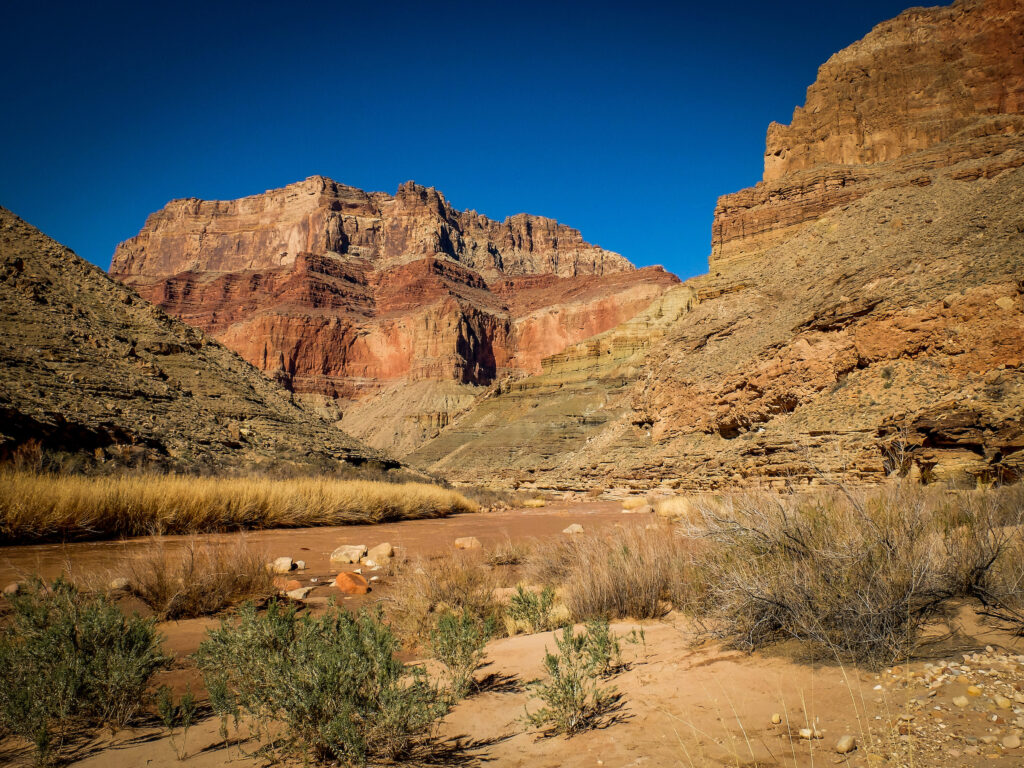Biden announces bold freshwater protection goals
It was a great day for water at the White House
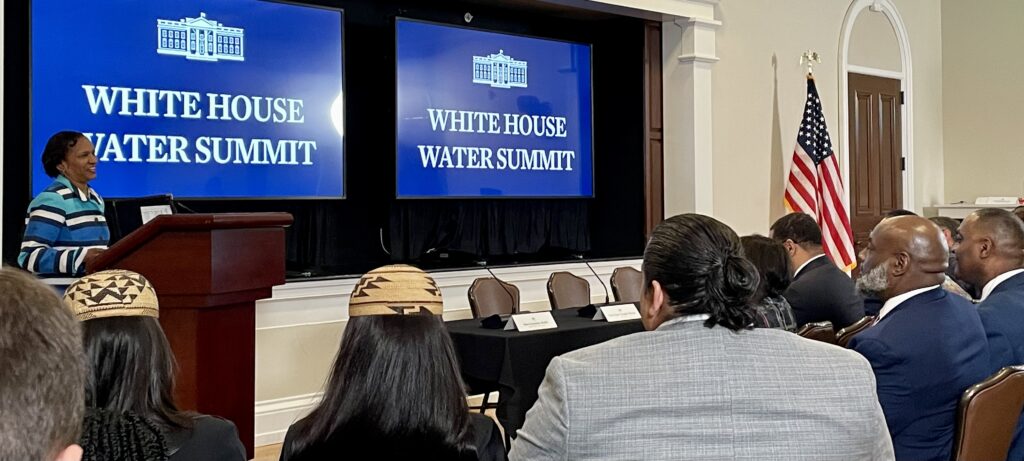
Yesterday at the White House, the Biden Administration announced bold and exciting new national goals for the protection of rivers and freshwater resources as a part of its America the Beautiful Freshwater Challenge. These goals include protecting and restoring 8 million acres of wetlands and 100,000 miles of rivers by 2030. These are the most ambitious benchmarks for clean water and rivers put forth by any administration, and build on unprecedented new protections and clean water investments under the Bi-Partisan Infrastructure Law. These would be a major contribution to American Rivers overall goal of protecting 1 million miles of rivers across the country.
The Administration announced these new goals at a Water Summit held at the White House that brought together roughly 100 inaugural signatories to the Freshwater Partnership, a collaboration of mayors, tribal leaders, state representatives, philanthropists, and members of the conservation community, including American Rivers. The Summit dug into the meaty freshwater issues facing communities that rely on the Mississippi, the Hudson, the Great Lakes, the Columbia, and the Klamath. I was fortunate to participate on behalf of American Rivers and was blown away by the collective vision, passion and commitment shown by the Administration and participants. The shear scale of what the Biden Administration and communities are doing to invest in and protect clean water nationwide was an inspiration.
Not surprisingly, the Summit included very strong Tribal representation, including members of the Confederated Tribes of Warms Springs in Oregon, the Yurok from California, and the Gila River Indian Community in Arizona. At the outset Chairman Gerry Lewis of the Yakama Nation led the Summit in a tribal prayer and reminded us that water is life, a “first food” worthy of the highest honor in their ceremonies honoring the Creator. The Chairman noted that the Yakama Nation has already been working hard to meet ambitious conservation goals, having protected over 2,000 miles of rivers, 14,000 acres of wetlands, and reestablished connectivity for 200 miles of rivers through barrier removal.
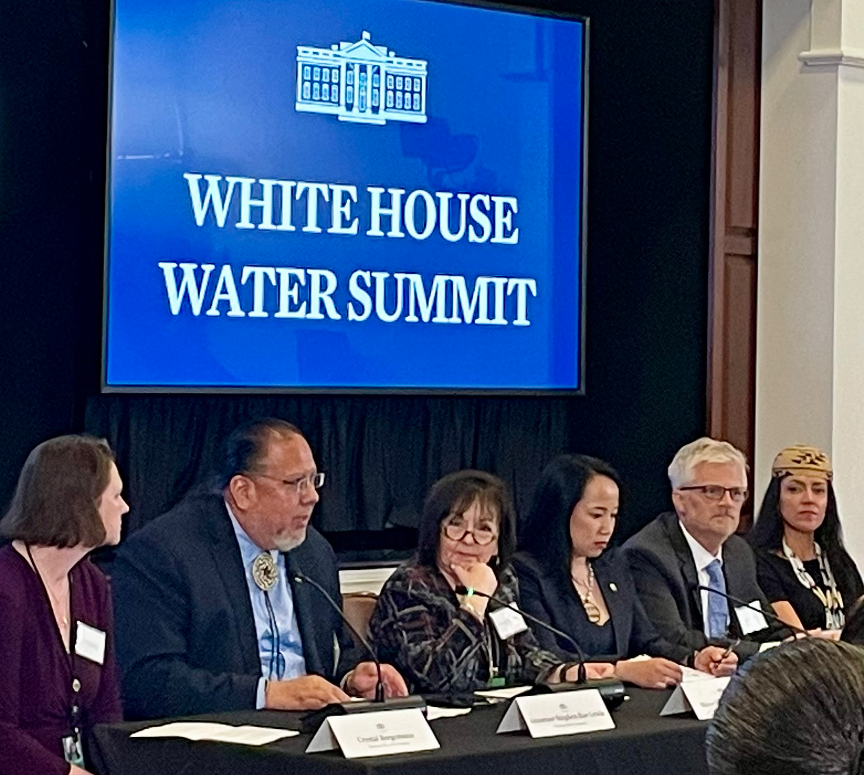
There was also a number of mayors from Louisiana, Michigan, Wisconsin, and New York who participated in the Summit and spoke about the ways they are working on the front lines of the fight to protect nature and put federal infrastructure funding to work to provide access to clean water for all Americans. Mayor Torrance Harvey from Newburgh, New York, 60 miles north of New York City, spoke eloquently about the importance of access to clean water as not only a public health issue, but also as a public safety issue. We should invest in clean water like we invest in other public safety needs, such as firefighting or law enforcement, since it too is a fundamental aspect of our community’s well-being.
Two young river leaders, Keeya Wiki and Ruby Rain Williams from the Klamath River Basin in northern California, stole the show with their impassioned plea for why we must act to protect rivers and support youth involvement in the outdoors. With leaders like the two of them the future of river conservation is in good hands.
Safe to say I was incredibly inspired by all of these speakers and thrilled to participate in this unprecedented event kicking off the Administration’s expanded commitment to freshwater protection nationwide. The Summit really reflected the full array of conservation and investments needed to meet the biodiversity, climate, and cultural crises that face us all. Along with all the mayors and Tribes who attend the Summit, American Rivers is committed to doing whatever is necessary to achieving these freshwater conservation goals and ensuring clean water for all.
